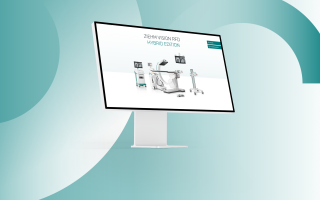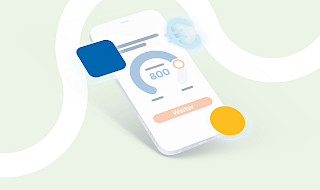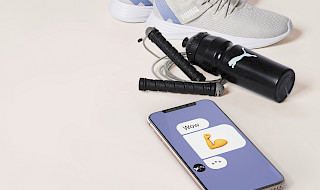The return on investment of user tests
Definition, benefits and methods of user testing
In the fast-paced world of digital transformation, it is more crucial than ever to ensure that products are not only innovative but also user-friendly. At .diff, we have therefore integrated user testing into our project process. However, we have noticed a problem: only a few companies set aside budget for this important step. In doing so, they miss the opportunity to increase their return on investment and maximize their profits.
This article answers the following questions:
What is meant by user testing?
How does user testing work?
What are the advantages of user testing?
What methods are there?
What do companies do wrong with user testing?
What is user testing?
User testing is an evaluation method. It is used to assess the usability of a product, website, application or service. The main goal of user testing is to gain insight into how people interact with a product in order to identify weaknesses, problems or potential areas for improvement.
How user testing works
Normally, test subjects are observed while they perform certain tasks on a website, in an app or with a product. Prototypes are usually used in testing to test functionality, comprehensibility and usability early on in the development process.

The benefits of user testing
Why companies should invest in user testing
1. real insights into the user experience
Digital products, be it an app, website or software, should not only work, but also be intuitive and appealing. User testing allows you to see products through the eyes of actual users. Teams receive authentic feedback that goes far beyond internal assumptions, opinions and tastes.

2. uncover weaknesses at an early stage
Every product has rough edges. With user testing, these are identified at an early stage, before the product is on the market. This is not only cost-efficient, but also prevents potential damage to the company's image.

3. live customer centricity
What you should always remember: The buyers:inside decide the success of the company. With regular user testing, companies ensure that products and services actually meet the needs of the target group.

4. optimize the conversion rate
Every click, every interaction is an opportunity for a conversion. User testing provides information about which digital elements appeal to users and which need to be further improved. This enables companies to trigger interactions even more specifically and increase conversions.

5. secure a competitive advantage
With user testing, companies not only keep their finger on the pulse, but also actively shape the future of their industry. A clear competitive


There are various ways to test products or services. Print out a flyer and show it to your colleague in the office? Yes, this is also a form of user testing - albeit on a small scale. The most common test formats are as follows:
Moderated test
A moderator role accompanies the testers through the test situation and asks questions. The project team observes the interaction and documents the progress of the test.

Unmoderated test
The testers carry out the test independently while their interactions are recorded. There is no moderation role here.

Prototype test
Early in the development process, basic functions and user expectations are tested using prototypes or wireframes. These tests can be moderated or unmoderated.

A/B test
This is a comparison between different versions (A and B) of a product. The aim is to determine which version performs better based on user reactions and behavior.

In-depth interviews
In-depth interviews are used to investigate how people approach complex tasks or activities. Motivations and emotions, needs and difficulties are brought to light in an in-depth interview.

Card sorting
This method helps to better understand the language and mental model of the user. For example, we can develop a comprehensible navigation structure.

Eye Tracking
This method of measuring eye movements allows us to objectively find out what and how intensively users perceive something or what they do not look at at all.

Companies that want to develop successful digital products, create innovations and increase conversion rates can no longer ignore user testing. Integrating testing into the project process does not have to be complicated and time-consuming. User experience methods in combination with suitable testing tools make it possible to gather knowledge about target groups quickly and easily and to optimize products iteratively.
























